Lime Microsystems
Software Defined Radio
Altera
Lime Microsystems
Software Defined Radio
Altera
LimeNET Micro has been superseded by LimeNET Micro 2.0 DE.
LimeNET Micro makes deploying wireless networks more accessible than ever before, by extending the LimeNET line of integrated hardware solutions via an ultra-low cost platform that is capable of supporting narrowband systems, such as GSM and IoT wireless standards, in a stand-alone configuration.
As with existing integrated LimeNET platforms, the new LimeNET Micro is built on the very same revolutionary field-programmable RF (FPRF) technology and features the LMS7002M transceiver at its heart. However, this highly cost-optimised, single board solution also integrates GPS for high-accuracy timing, active Power-over-Ethernet (PoE), and embedded compute for fully standalone operation.
In utilising the Raspberry Pi Compute Module 3+, LimeNET Micro builds on previous platforms to further democratise wireless networks in much the same way that the Raspberry Pi has democratised embedded computing.
Given its incredibly low price point and highly integrated nature, there are endless application possibilities for LimeNET Micro, ranging from cellular networks and IoT, through spectrum monitoring, test and measurement, amateur radio, and radio astronomy.
A Raspberry Pi Compute Module 3+ is included with every purchase of a LimeNET Micro (excluding early bird units). Raspberry Pi Compute Module 3+ Lite‘s will also work with LimeNET Micro, but would require use of the separate microSD slot.
The custom plastic and aluminum case in this kit not only physically protects your LimeNET Micro, it also helps reduce noise interference. It also looks and feels smashing. The Aluminum Kit is the only pledge level that includes a Compute Module pre-loaded with a PantaHub software stack. The aluminum case is only available for sale as a kit.
Kit includes:
The acrylic case is custom-designed to keep your LimeNET Micro safe. And the kit is made to give you all the components you need to get started right out of the box.
Full kit includes:
We’re offering omni-directional antennas with SMA connectors, optimized for frequency ranges of 800-960 MHz, 1710-2170 MHz, and 2400-2700 MHz. These are the same antennas used with the LimeSDR-USB and the LimeSDR Mini.
The antenna offered during the campaign has a 3 M cable with an SMA connector and a 28 dB gain.
A small SO-DIMM form factor board plus ribbon cable to enable use of a classic/consumer Raspberry Pi with the LimeNET Micro.
As with the LimeSDR family, the LimeNET Micro is a free and open source project. We will be releasing code, firmware, schematics, layout, and associated project files via MyriadRF shortly.
The LimeNET Micro uses the same host-side software as previous LimeNET integrated systems, called Lime Suite. Lime Suite is entirely open source and supports a variety of software-defined radios and APIs. You can learn more about Lime Suite at its GitHub repository and MyriadRF project page.
PantaHub lets you connect your devices and transform them into bare-metal infrastructure. Designed for deeply embedded and high-grade enterprise systems alike, the Pantavisor device agent and PantaHub are the perfect choice for the management of Linux devices and their firmware lifecycles.
The PantaHub base image will be pre-loaded onto all Compute Modules included in the Aluminum Kit pledge levels.
| LimeSDR-USB | LimeSDR-Mini | LimeNET-Micro | ||
|---|---|---|---|---|
| Frequency Range | 100 kHz - 3.8 GHz | 10 MHz - 3.5 GHz | 10 MHz - 3.5 GHz | |
| RF Bandwidth | 61.44 MHz | 30.72 MHz | 10 MHz* | |
| Sample Depth | 12 bit | 12 bit | 12 bit | |
| Sample Rate | 61.44 MSPS | 30.72 MSPS | 10 MSPS* | |
| TX Channels | 2 | 1 | 1 | |
| RX Channels | 2 | 1 | 1 | |
| Duplex | Full | Full | Full | |
| Interface | USB 3.0 | USB 3.0 | N/A | |
| Programmable Logic Gates | 40k | 16k | 16k | |
| Chipset | LMS7002M | LMS7002M | LMS7002M | |
| Processor | N/A | N/A | Raspberry Pi Compute Module 3+ (or CM3+ Lite) | |
| Open Source | Full | Full | Full | |
| Oscillator Precision | +/-1 ppm initial, +/-4 ppm stable | +/-1 ppm initial, +/-4 ppm stable | +/-5 ppb (100s measurement period) | |
| Transmit Power | Max 10 dBm (depending on freq.) | Max 10 dBm (depending on freq.) | Max 10 dBm (depending on freq.) |
* - Maximum 10 MHz receive-only or 5 MHz full-duplex transmit plus receive. Actual RF bandwidth and sample rate will vary depending on any DSP or other processing also taking place on the Raspberry Pi Compute Module 3(L).
If you have a question about ordering, paying, or shipping, please refer to The Crowd Supply Guide.
If you have a technical question about the operation of the LimeNET Micro or any of its applications, please ask your question on the Myriad-RF forum.
Produced by Lime Microsystems in Guildford, England.
Sold and shipped by Crowd Supply.
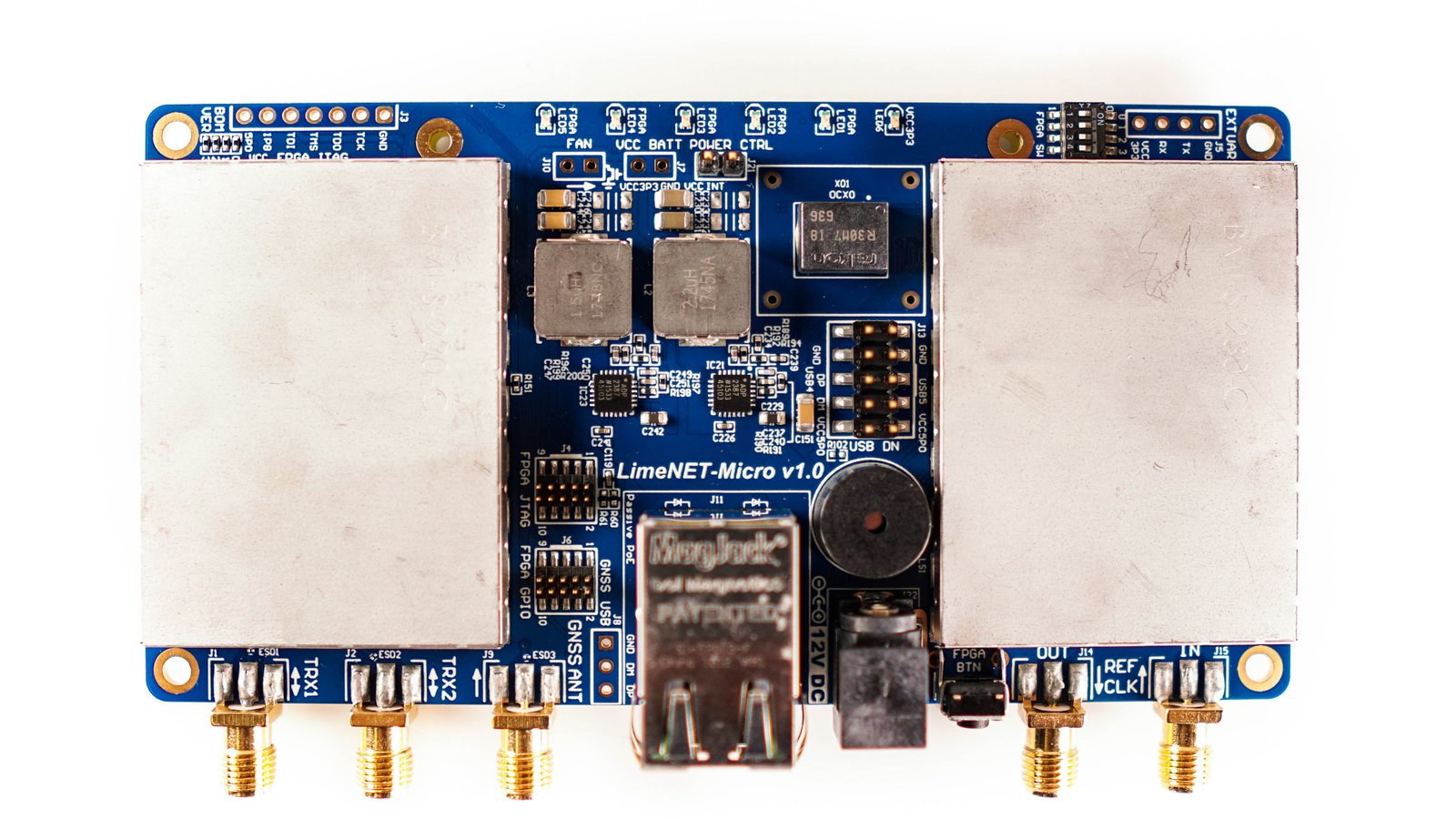
LimeNET Micro - the perfect way to start experimenting with and building your own wireless networks, protocols, and testers. Complete with a Raspberry Pi Compute Module 3.
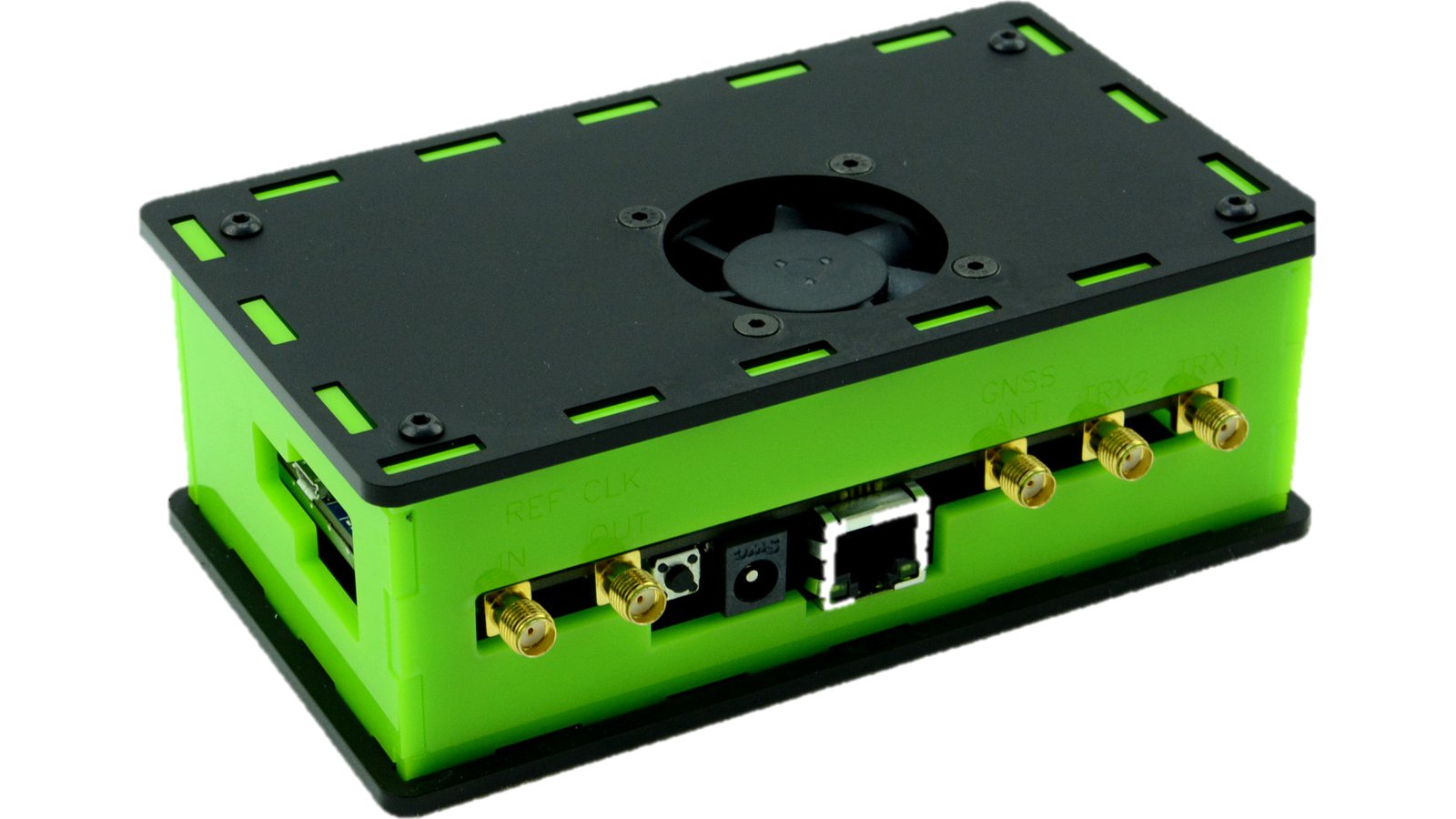
Keep your LimeNET Micro safe in this custom acrylic case which features a fan and heatsink for the Compute Module. This pledge level is for the case kit only. LimeNET Micro and antennas not included.
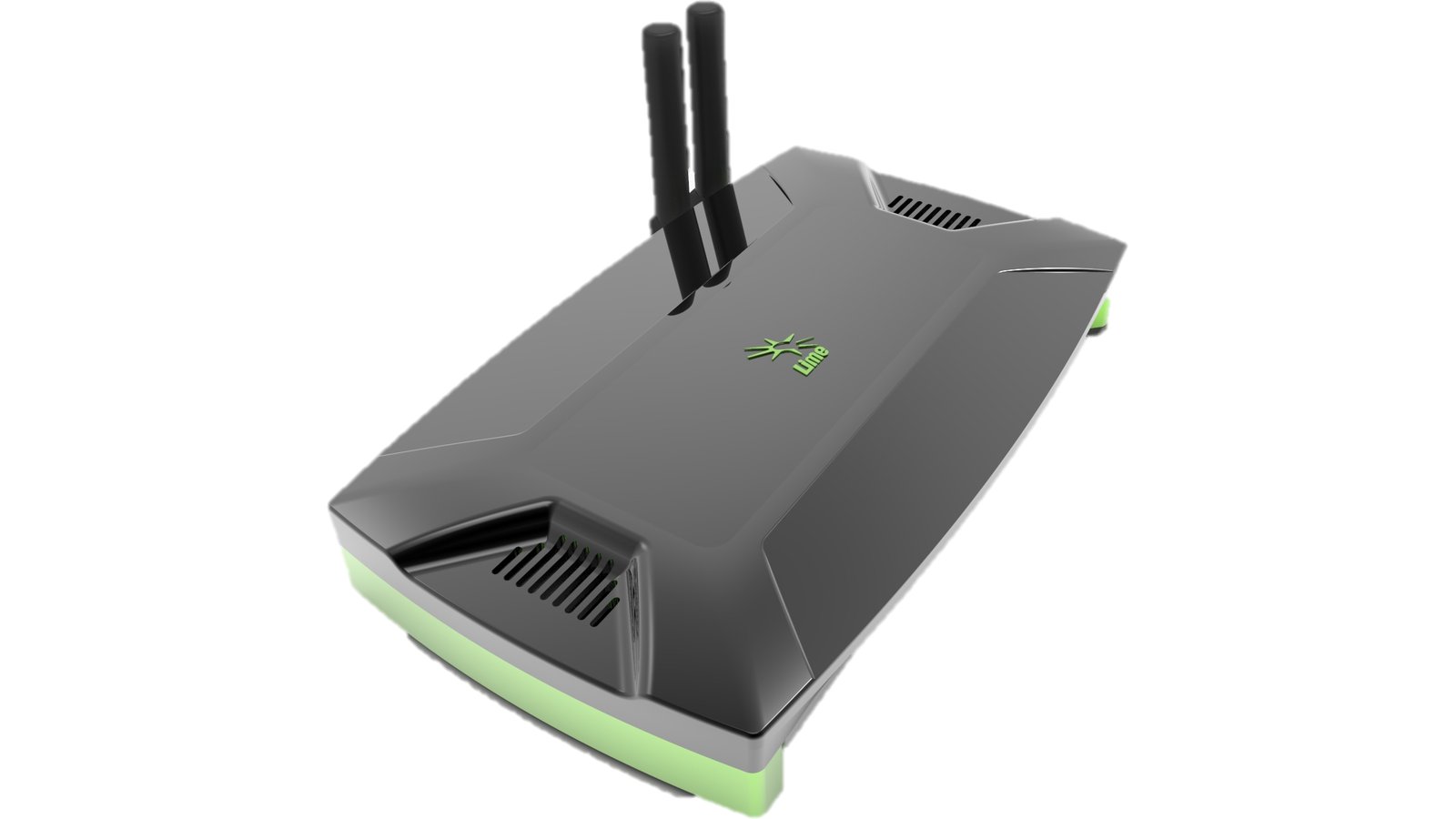
This kit comes with a custom-made plastic and aluminum case, a LimeNET Micro, a Raspberry Pi Compute Module 3 (pre-loaded), and two antennas. The case not only keeps your LimeNET Micro safe, but it also helps reduce noise interference. Perfect to slip into your bag for all your on-the-go wireless adventures. This is at least a $30 savings over the post-campaign price.
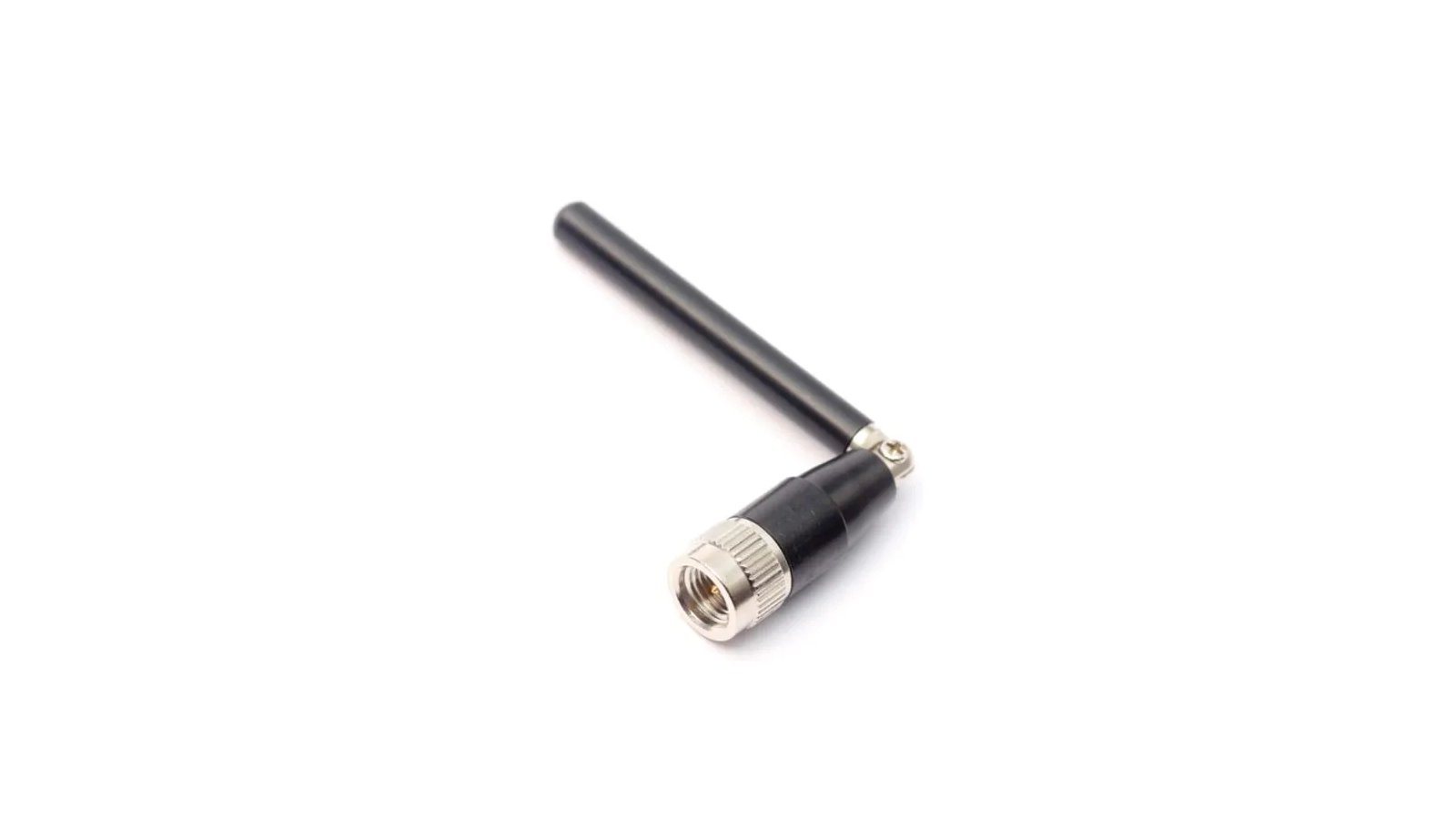
From the Crowd Supply Basics project.
A TG.09 4G/3G/2G cellular hinged SMA(M) mount monopole antenna.
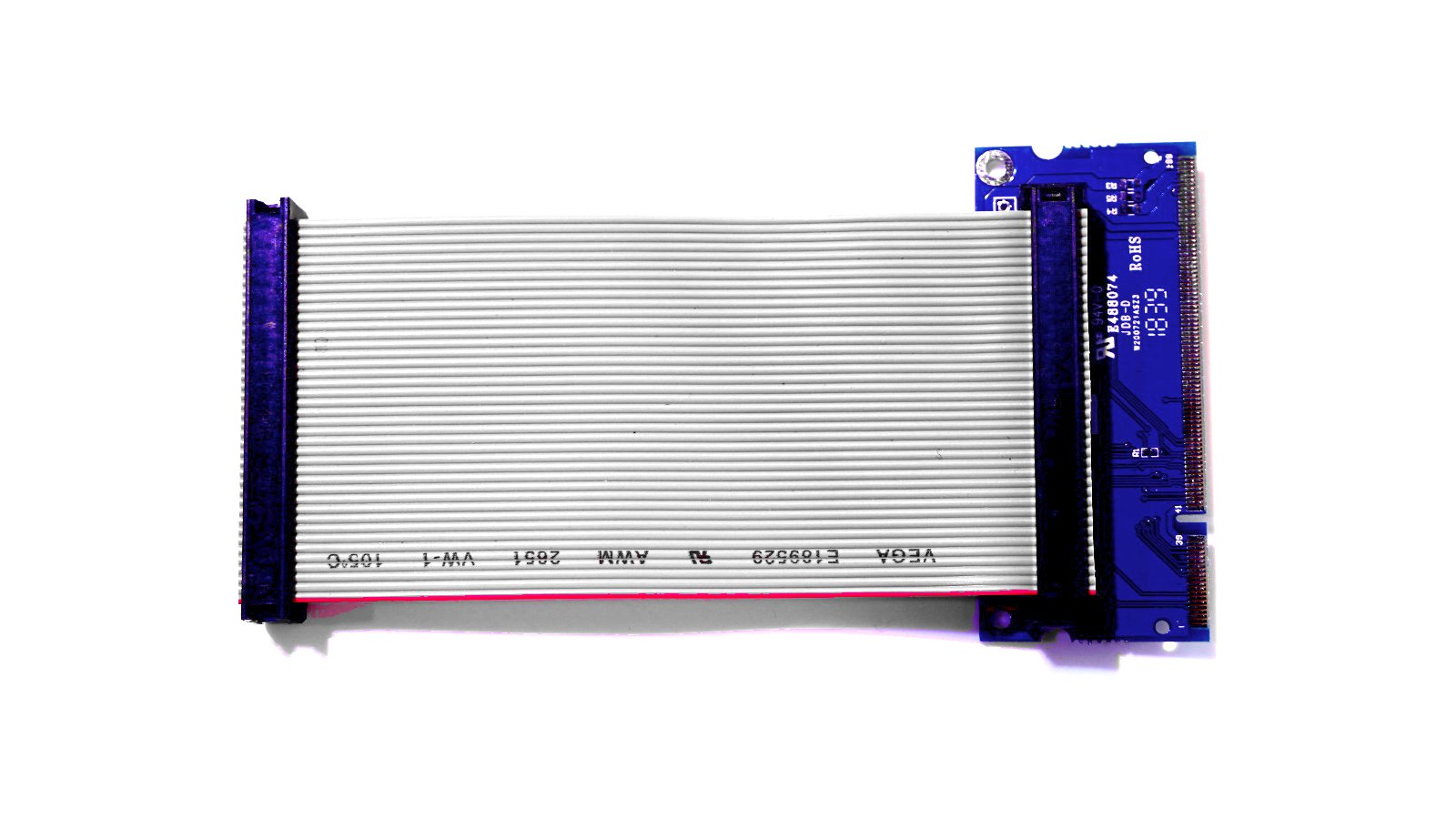
A small SO-DIMM form factor board plus ribbon cable to enable use of a classic/consumer Raspberry Pi with the LimeNET Micro.
· limemicro.com · myriadrf · LimeMicro · limemicro
Working toward the democratization of wireless communication through an open source ideology.